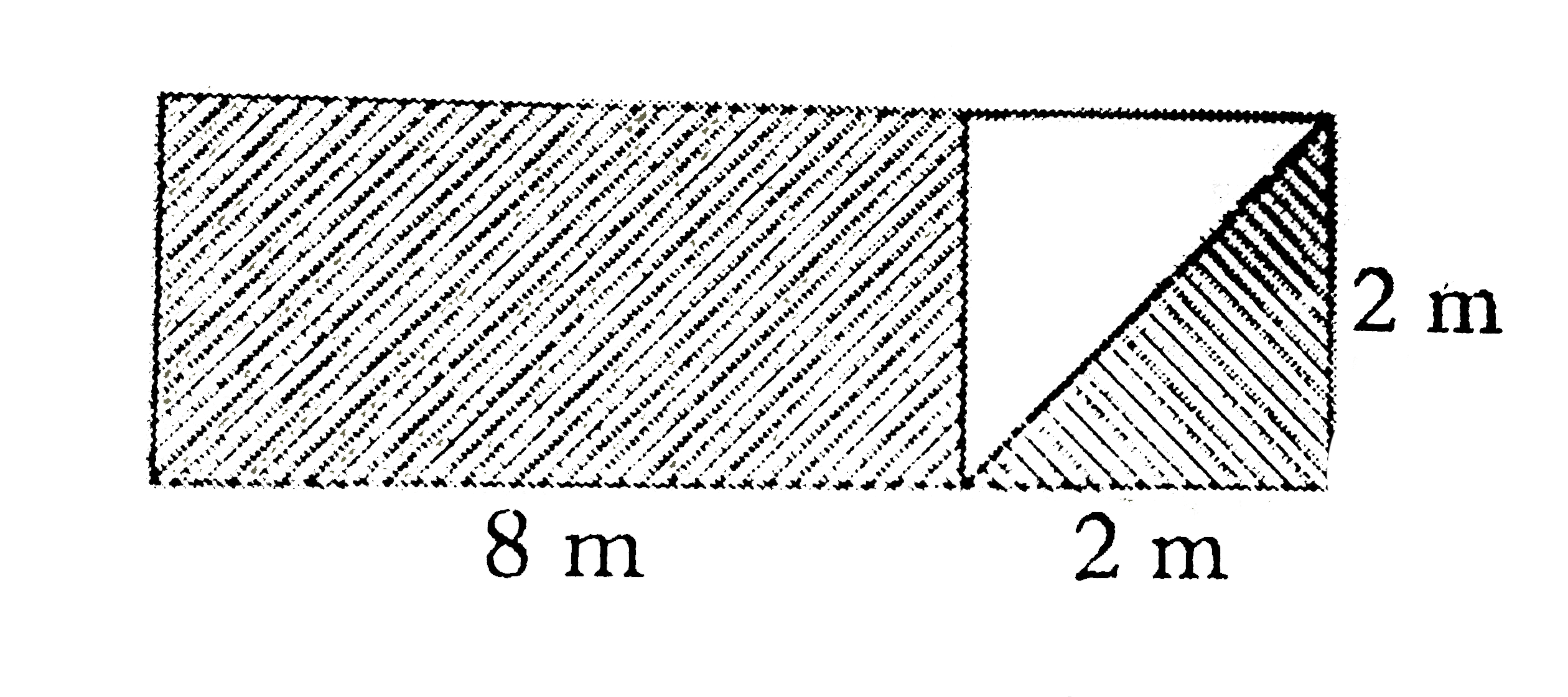The correct Answer is:c→p,q
We have −−→OX=√3ˆi+ˆjand−−→OY=ˆi+√3ˆj ltbgt 
Hence, equation of acute angle bisection of −−→OXand−−→OY is
y=x
or x−y=0
Now, distance of βˆi+(1−β)ˆi≡Zor(β,1−β) from x−y=0, is
⇒∣∣∣β−(1−β)√2∣∣∣=3√2
⇒|2β−1|=3
⇒2β−1=±3
⇒2β=4,−2
⇒β=2,−1
⇒|β|=2,1
Topper's Solved these Questions
- INTRODUCTION TO VECTORS BOOK - CENGAGE PUBLICATIONCHAPTER - INTRODUCTION TO VECTORS EXERCISE - INTEGER TYPE
8 Videos
- INTRODUCTION TO VECTORS BOOK - CENGAGE PUBLICATIONCHAPTER - INTRODUCTION TO VECTORS EXERCISE - ARCHIVES SUBJECTIVE TYPE
9 Videos
- INTRODUCTION TO VECTORS BOOK - CENGAGE PUBLICATIONCHAPTER - INTRODUCTION TO VECTORS EXERCISE - LINKED COMPREHENSION TYPE
11 Videos
- INTEGRALSBOOK - CENGAGE PUBLICATIONCHAPTER - INTEGRALSEXERCISE - All Questions
762 Videos
- INVERSE TRIGONOMETRIC FUNCTIONSBOOK - CENGAGE PUBLICATIONCHAPTER - INVERSE TRIGONOMETRIC FUNCTIONSEXERCISE - All Questions
541 Videos
Similar Questions
Let ABC be a triangle whose centroid is G, orthocentre is H and circumcentre is the origin 'O'. If D is any point in the plane of the triangle such that no three of O,A,C and D are collinear satisfying the relation.
AD+BD+CH+3HB=λHD, then what is the value of the scalar Δ.
View SolutionFind the all the values of lamda such that (x,y,z)≠(0,0,0)and x(ˆi+ˆj+3ˆk)+y(3ˆi−3ˆj+ˆk)+z(−4ˆi+5ˆj)=λ(xˆi+yˆj+zˆk)
View SolutionABCD is a parallelogram. L is a point on BC which divides BC in the ratio 1:2. AL intersects BD at P.M is a point on DC which divides DC in the ratio 1:2 and AM intersects BD in Q.
Point P divides AL in the ratio
View SolutionIf ∫dxx2+ax+1=f(g(x))+c, then f(x) is inverse trigonometric function for |a|>2 f(x) is logarithmic function for |a|<2 g(x) is quadratic function for |a|>2 g(x) is rational function for |a|<2
View SolutionFind x satisfying [tanx]+[cotx]=2, where [.] represents the greatest integer function.
View SolutionIdentify the cell organelle 'A' :-
ltimg src="https://d10lpgp6xz60nq.cloudfront.net/physics_images/ALN_BIO_C10_E08_018_Q01.png" width="80%"gt
View SolutionHow many lines of symmetry does the above figure have ?
View SolutionWhich of the following are correct chain isomers of butane ? (i)
View SolutionDetermine the point of symmetry of a regular hexagon.
View SolutionDtermine the images of the following figure about the given line :
View SolutionMatch the following Column A to Column B

View SolutionMatch the following Column A to Column B

View SolutionMatch the following Column A to Column B

View SolutionFind the area of the figure given below.

View SolutionThe area of the shaded part in the figure given below is ______.

View SolutionThe inequation represented by the graph given below is :
View Solution

